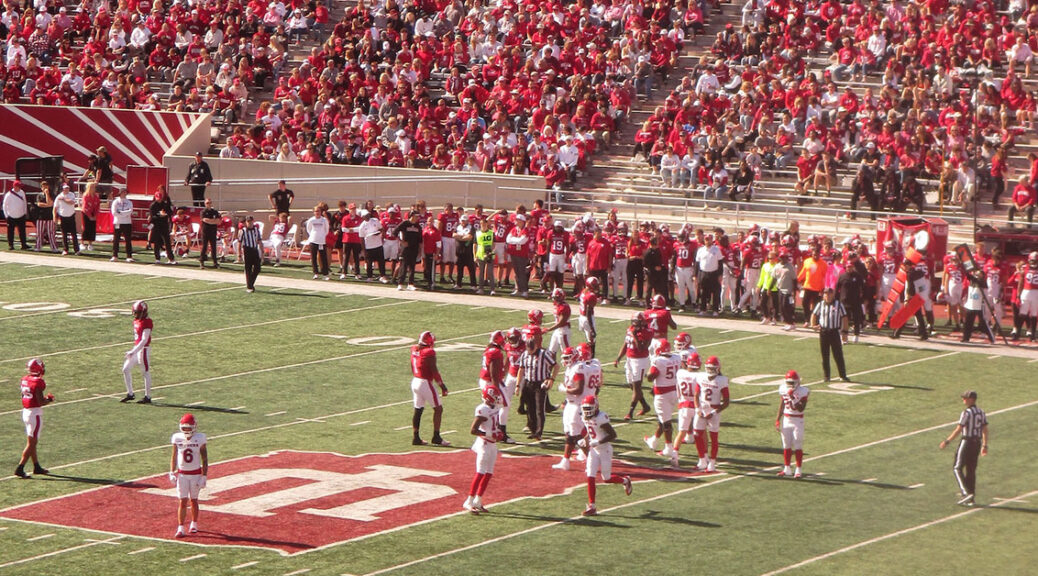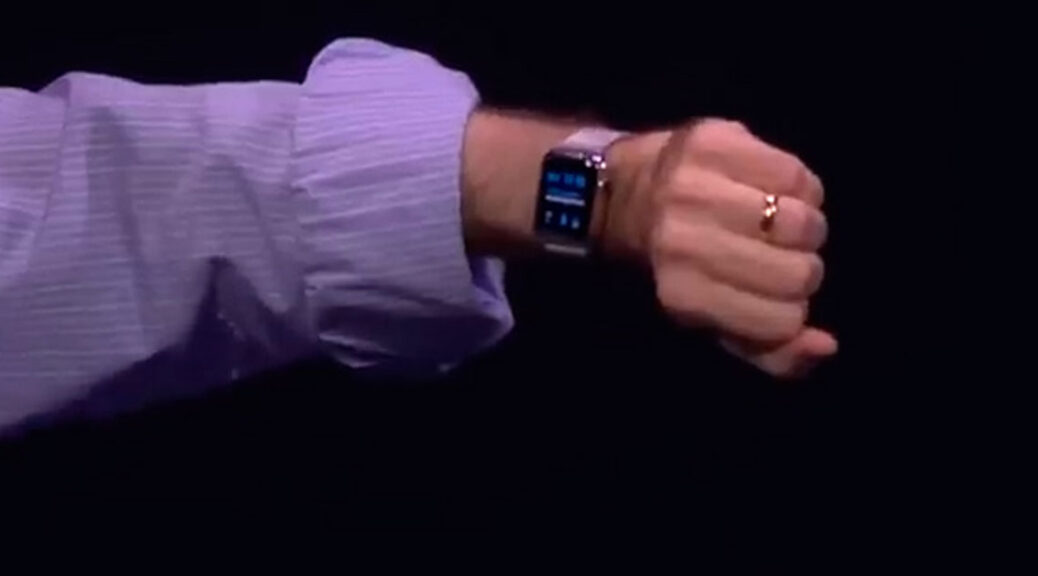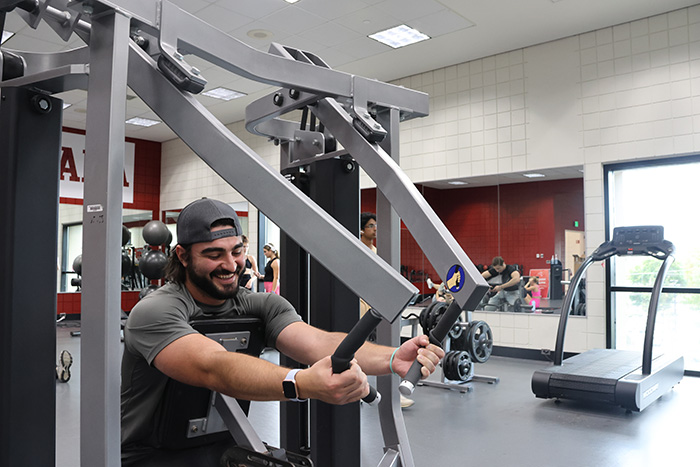NIL creates obstacles for international collegiate athletes
By Ava Fletcher, Sofia Harari, and Titan Williams
BLOOMINGTON, Ind. (Nov. 5, 2024)
“What’s NIL?” This was the first thought that popped into Mijntje Hagen’s head as she sat through Indiana University’s freshmen athletic seminar with her fellow athletes. Coming from the Netherlands, this was the first time Hagen had heard of benefitting off her own name, image, and likeness. Bright eyes around the room twinkled with thoughts of dollar signs as IU administrators explained how to connect with brands on social media. At a time of excitement for many college athletes, Hagen sat through the rest of the meeting in silence after learning that these opportunities were out of reach for someone like her. Due to the current regulations placed on international collegiate athletes, Hagen and thousands of other foreign athletes are left out of the NIL goldmine.
The July 2021 Supreme Court ruling of NCAA v. Alston granted collegiate athletes the right to profit off their name, image, and likeness, commonly referred to as NIL. Since then, individual states and universities have established clear guidelines for how their athletes should handle NIL engagements. The same clarity is not found for international athletes. With high restrictions and little education of NIL policies for international athletes, these students are often left in a vulnerable position.
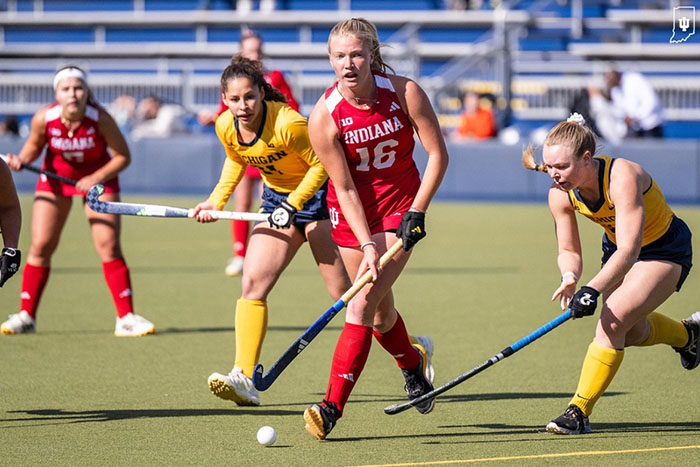
While it may not seem like a high-profile issue, international athletes do hold a strong footing in the NCAA. According to NIL Daily, 12.8% of NCAA D1 athletes are international students, with men’s basketball slightly surpassing this average at 15%. Like their American counterparts, international athletes have worked extremely hard to be recognized and selected by their universities, yet they still cannot pursue the same NIL opportunities. Hagen says she and many of her international peers have given up hope in benefitting from their NIL. “I just think that a lot of international students don’t really pay attention to these things because they know they won’t be able to receive a real deal,” Hagen said.
“Name, image, and likeness in college sports has rapidly become one of the most misunderstood things,” Dr. Galen Clavio, Associate Dean of the IU Media School, said. A common misunderstanding is that foreign athletes cannot receive any form of NIL. Benefitting off NIL as an international athlete is possible, but only through passive engagements. NIL engagements are divided into two parts: passive and active. Passive engagements essentially require no work from the athlete and is completely based on their popularity alone. The athlete gives a company license to use their name, image, likeness, voice, and jersey number for merchandise, video game characters, or other products. Active engagements do require some form of work from the athlete, like social media postings or public appearances. Active NIL engagements are much more popular and ultimately more lucrative than passive engagements.
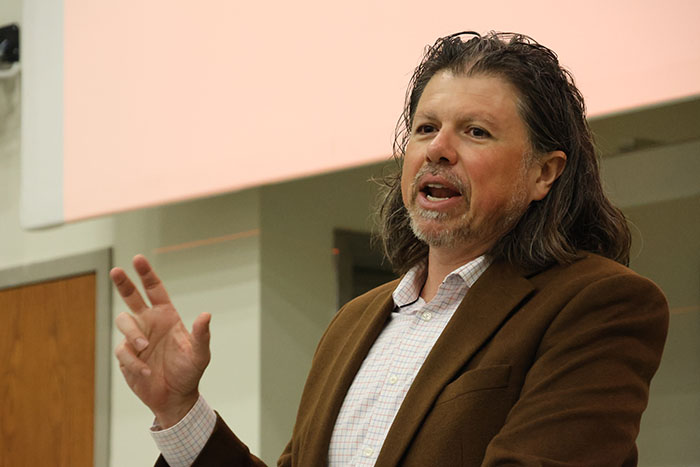
A key word to note in the difference between passive and active engagements is “work”. Whether an international athlete must do work to complete the NIL engagement determines if activity is permitted, and this goes back to the F-1 visa. The F-1 visa is reserved for foreign students studying full time in the United States. This visa comes with several restrictions, especially in terms of employment. Students on an F-1 visa can only work on-campus jobs or in programs that relate to their prospective careers, making them ineligible to participate in active NIL engagements.
In November 2023, BAL Immigration Law Firm discussed NIL with D1 NCAA schools from across the country and within each of the NCAA Power-Five Conferences. The discussions resulted in five key themes, from student guidance and vulnerability to NIL’s effect on the economy and the college athlete experience. Calls for student guidance was the most common request, with administrators wanting complete clarity on what athletes on the F-1 visa can and cannot do regarding NIL. The current guidelines have led some colleges to look for loopholes, promising foreign athletes NIL benefits despite the F-1 restrictions. Such activities put these athletes at high risk of violating their visa, resulting in the loss of F-1 benefits or even deportation. The barriers for international athletes to participate in active engagements could also cause tensions between them and team members who can. “Anytime there’s paid discrepancies in the workplace, it can change a dynamic,” Jeremy Gray, Senior Associate Athletic Director at Indiana University, said.

With growing concern and awareness of the issue, there has been attempts to create equality for international collegiate athletes. Most recently, Congressman Mike Flood and Congresswoman Valeria Foushee proposed the Name, Image, and Likeness for International Collegiate Athletes Act this past April. The main goal of the act is to allow athletes on the F-1 Visa to accept active NIL engagements. This would also allow them to participate in lucrative NIL collectives, which fall under the active category. As the bill is simpler than most in that it only focuses on a single issue, the bill’s outlook is positive.
“Everybody in this room as an adult has rights to publicity,” Clavio said. But due to their citizenship status, or lack thereof, international collegiate athletes cannot simply be guaranteed the same rights, creating complicated dynamics across the NCAA. The Name, Image, and Likeness for International Collegiate Athletes Act has potential to enable international athletes to participate in active NIL engagements, but until then, Mijntje Hagen her peers have decided to stay focused on their athletic and academic careers at Indiana University.
Bloomington residents express their thoughts on NIL rights for international collegiate athletes. International athletes competing at U.S. universities are currently prohibited from certain NIL engagements due to the restrictions of their F-1 visa.
###



